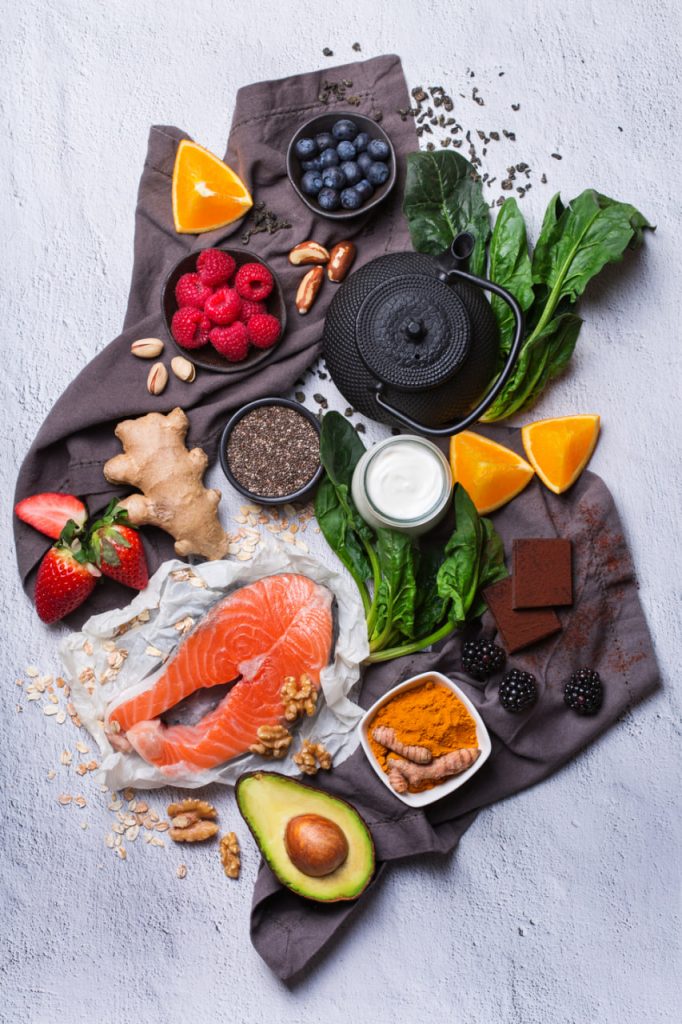The term “clean-label” used to conjure images of bland protein bars and chalky smoothies—but not anymore. Today’s wellness consumers are seeking products that are both healthy and packed with bold, exciting flavors. And brands that can deliver on both are winning shelf space and consumer loyalty.
If you’re building a health-forward product line, it’s time to rethink the old narrative. Clean-label doesn’t mean boring—it means intentional, transparent, and creative. Here’s how to infuse flavor innovation into your better-for-you products without compromising on quality or values.
What Does Clean-Label Actually Mean?
Clean-label isn’t a regulated term, but it typically refers to products made with:
- Recognizable, real-food ingredients
- No artificial flavors, colors, or preservatives
- Minimal processing
- Transparent sourcing and clear labeling
For consumers, “clean” equals trust. They want to know what’s in their food—and why. But clean doesn’t have to mean neutral, flavorless, or safe. In fact, many of the world’s most vibrant tastes come from clean, whole ingredients.
Flavor Is the New Wellness Frontier
Modern wellness isn’t about restriction—it’s about pleasure with purpose. People are no longer sacrificing taste for nutrition. They want the full experience:
- Complex flavor profiles (sweet-savory, spicy-tart, umami-rich)
- Global inspiration (think turmeric chai, kimchi spice, or tahini-lavender)
- Unexpected pairings (beetroot + cacao, miso + maple, yuzu + vanilla)
Smart brands are tapping into culinary creativity to make clean-label products deliciously craveable.
The Science Behind Flavor Innovation
Creating bold, balanced flavor in a clean-label formula takes skill—and often, a bit of science.
Here’s how to build flavor without the additives:
1. Leverage Natural Flavor Enhancers
- Citrus zests, vinegars, and ferments can brighten and deepen taste.
- Umami-rich ingredients like mushrooms, seaweed, and tamari boost savory notes.
- Natural sweeteners like date syrup, monk fruit, or coconut nectar add depth without sugar spikes.
2. Layer Textures to Complement Taste
Crunch, creaminess, chewiness—all contribute to perceived flavor. Think puffed quinoa in a nut bar, or crispy lentils in a savory snack mix.
3. Embrace Botanicals & Spices
Herbs, flowers, and spices like cardamom, ginger, hibiscus, and cinnamon add complexity and health benefits—without additives.
4. Keep Formulation Simple, But Not Flat
Simplicity isn’t about using fewer ingredients—it’s about choosing meaningful ones. Three standout components are better than twelve mediocre ones.
Success Stories: Clean and Flavorful
1. Hu Kitchen
Their chocolate bars contain fewer than 6 ingredients—but offer bold combos like cashew butter + orange vanilla or almond butter + crispy quinoa.
2. LesserEvil
This popcorn brand balances coconut oil, pink Himalayan salt, and nutritional yeast for clean, rich flavor with minimal processing.
3. Mid-Day Squares
Functional chocolate bars with real ingredients and punchy flavors like peanut butta and fudge yah. Protein-rich, fiber-packed, and indulgent.
These brands prove that clean-label can be both gourmet and accessible.
Tips for Aspiring Wellness Product Creators
If you’re developing your own clean-label line, keep these in mind:
Start with a Flavor-First Mindset
Build around what excites the palate—not just what fits the nutrition box. Start with taste and work backwards to make it clean.
Build a Flavor Library
Create your own archive of spices, extracts, ferments, and functional ingredients that deliver taste + wellness (e.g., ashwagandha, cacao nibs, moringa).
Co-Create with Real Consumers
Involve taste testers early and often. Don’t rely on lab data alone—get real-world feedback to refine your flavors.
Educate Through Your Packaging
If you’re using unusual clean ingredients (like monk fruit or adaptogens), educate consumers on their benefits. Curiosity creates loyalty.

